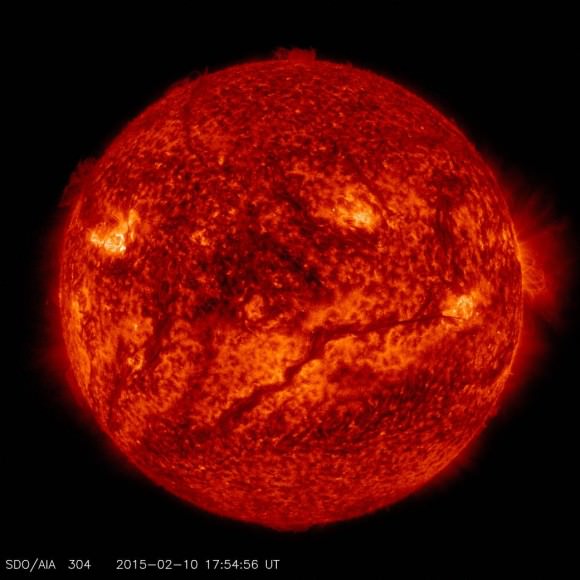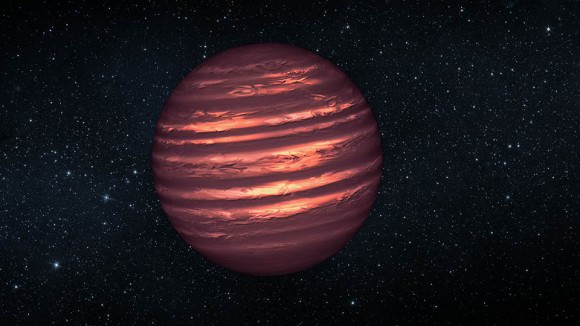If you’ve heard me say “oot and aboot”, you know I’m a Canadian. And we Canadians are accustomed to a little cold. Okay, a LOT of cold. It’s not so bad here on the West Coast, but folks from Winnepeg can endure temperatures colder than the surface of Mars. Seriously, who lives like that?
And on one of those cold days, even on a clear sunny day, the Sun is pointless and worthless. As the bone chilling cold numbs your fingers and toes, it’s as if the Sun itself has gone cold, sapping away all the joy and happiness in the world. And don’t get me started about the rain. Clearly, I need to take more tropical vacations.
But we know the Sun isn’t cold at all, it’s just that the atmosphere around you feels cold. The surface of the Sun is always the same balmy 5,500 degrees Celsius. Just to give you perspective, that’s hot enough to melt iron, nickel. Even carbon melts at 2500 C. So, no question, the Sun is hot.

And you know that the Sun is hot because it’s bright. There are actually photons streaming from the Sun at various wavelengths, from radio, infrared, through the visible spectrum, and into the ultraviolet. There are even X-ray photons blasting off the Sun.
If the Sun was cooler, it would look redder, just like a cooler red dwarf star, and if the Sun was hotter, it would appear more blue. But could you have a star that’s cooler, or even downright cold?
The answer is yes, you just have to be willing to expand your definition of what a star is.
Under the normal definition, a star is a collection of hydrogen, helium and other elements that came together by mutual gravity. The intense gravitational pressure of all that mass raised temperatures at the core of the star to the point that hydrogen could be fused into helium. This reaction releases more energy than it takes, which causes the Sun to emit energy.
The coolest possible red dwarf star, one with only 7.5% the mass of the Sun, will still have a temperature of about 2,300 C, a little less than the melting point of carbon.
But if a star doesn’t have enough mass to ignite fusion, it becomes a brown dwarf. It’s heated by the mechanical action of all that mass compressing inward, but it’s cooler. Average brown dwarfs will be about 1,700 C, which actually, is still really hot. Like, molten rock hot.

Brown dwarfs can actually get a lot cooler, a new class of these “stars” were discovered by the WISE Space Observatory that start at 300 degrees, and go all the way down to about 27 degrees, or room temperature. This means there are stars out there that you could touch.
Except you couldn’t, because they’d still have more than a dozen times the mass of Jupiter, and would tear your arm off with their intense gravity. And anyway, they don’t a solid surface. No, you can’t actually touch them.
That’s about as cold as stars get, today, in the Universe.
But if you’re willing to be very very patient, then it’s a different story. Our own Sun will eventually run out of fuel, die and become a white dwarf. It’ll start out hot, but over the eons, it’ll cool down, eventually becoming the same temperature as the background level of the Universe – just a few degrees above absolute zero. Astronomers call these black dwarfs.
We’re talking a long long time, though, in fact, in the 13.8 billion years that the Universe has been around, no white dwarfs have had enough time to cool down significantly. In fact, it would take about a quadrillion years to get within a few degrees of the cosmic microwave background radiation temperature.


At the end there. you reminded me of your article “The End of Everything.”
If you believe in a multi-verse, you have to believe that somehow a Universe can restart itself or a new Universe. We already have the physics for the Universe to restart. Think about it.